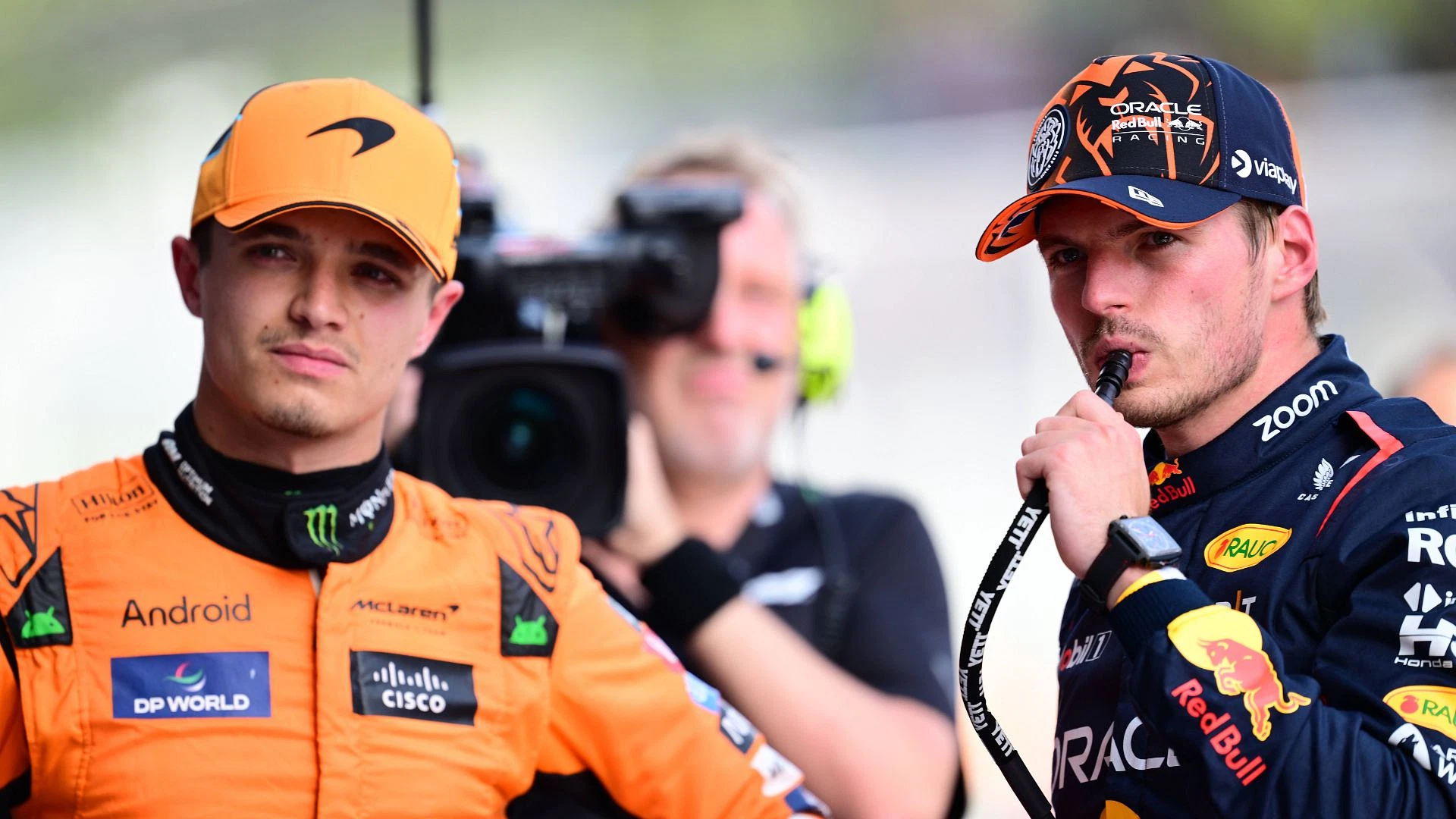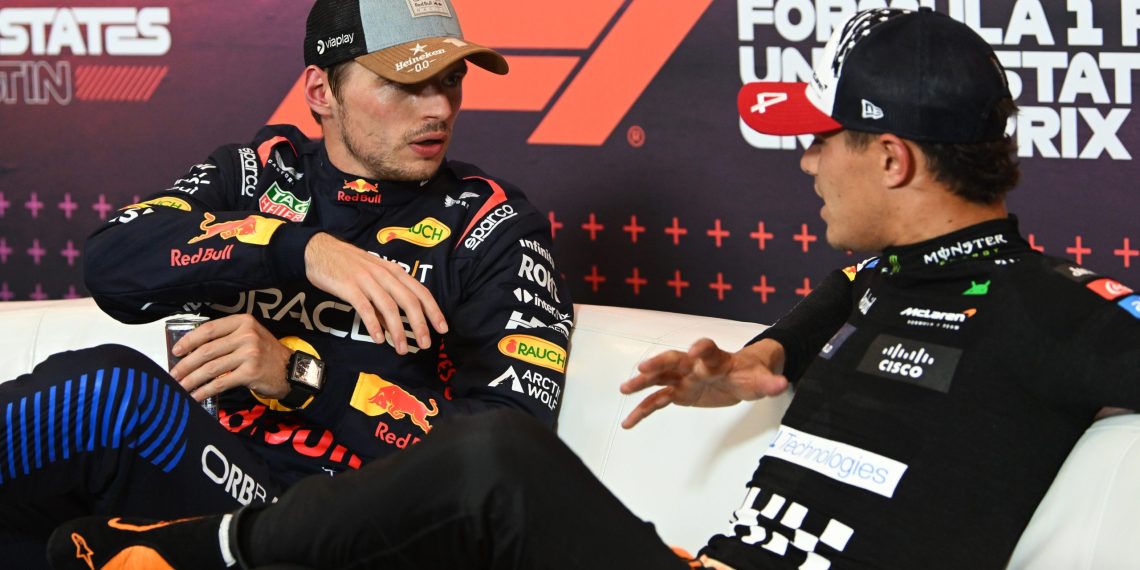Juan Pablo Montoya, a former Formula 1 driver known for his aggressive style, suggests that the only way for Lando Norris to effectively challenge Max Verstappen’s hard-charging racing approach is by refusing to back down, even if it means risking a collision. Montoya recalls his own experience facing Michael Schumacher, where his willingness to stand his ground set him apart. He perceives Verstappen as pushing boundaries with tactics that sometimes veer into unsporting territory, which was evident during the recent Mexico City Grand Prix where Verstappen received two 10-second penalties for overly aggressive moves against Norris.
Montoya believes that Verstappen’s tactics reflect a deliberate disregard for Norris, who, he claims, shows too much respect on the track. By not reciprocating Verstappen’s level of aggression, Montoya argues, Norris is at a disadvantage. In Mexico, Verstappen forced Norris off the track on multiple occasions, with penalties following only after these incidents were reviewed by race officials. Montoya argues that Verstappen’s actions signal his confidence that he can race aggressively without significant consequences, especially against drivers who avoid confrontation.
According to Montoya, Norris could gain the upper hand by taking a firmer stance, even if it means initiating contact. He believes Verstappen needs to “feel fear” in competing with Norris, similar to the dynamic Verstappen has with Carlos Sainz or Lewis Hamilton, who, according to Montoya, would not hesitate to retaliate if Verstappen pushed them off-track. Montoya sees this lack of fear as central to Verstappen’s dominance, suggesting that Norris’ respect for his rival is hampering his ability to truly compete in the title race.

Montoya supports the penalties imposed on Verstappen in Mexico, describing the first incident as a clear infraction where Verstappen failed to leave sufficient space for Norris. In Montoya’s view, Verstappen has been aware of the rules but chooses to push them, knowing he can usually get away with minor repercussions. Montoya questions the consistency of penalties, pointing out that while Verstappen received a 10-second penalty in Mexico, Norris had only been penalized five seconds for a similar infraction in Austin, highlighting what he sees as inconsistent officiating.
The former F1 driver also critiques Norris’ public displays of respect for Verstappen, suggesting that Norris should avoid portraying himself as a “victim” and instead adopt a more assertive posture. Montoya argues that Norris has to shed the notion of fair play if he wants to challenge Verstappen seriously, who, in his opinion, thrives on the lack of resistance from competitors like Norris. Montoya anticipates that their rivalry will continue to intensify, particularly as the season heads to Brazil, and advises Norris to adopt a “crash if necessary” approach if he hopes to win the psychological battle.
Montoya’s comments touch on broader dynamics within F1, including the impact of media perception and national biases. He notes how Verstappen has at times voiced frustration with media bias, especially from British outlets, and he personally relates to the challenges of competing as a non-European driver. Montoya claims that the portrayal of drivers in international media often overlooks perspectives from non-English-speaking countries, which may contribute to the ongoing tension between Verstappen and the F1 establishment.

